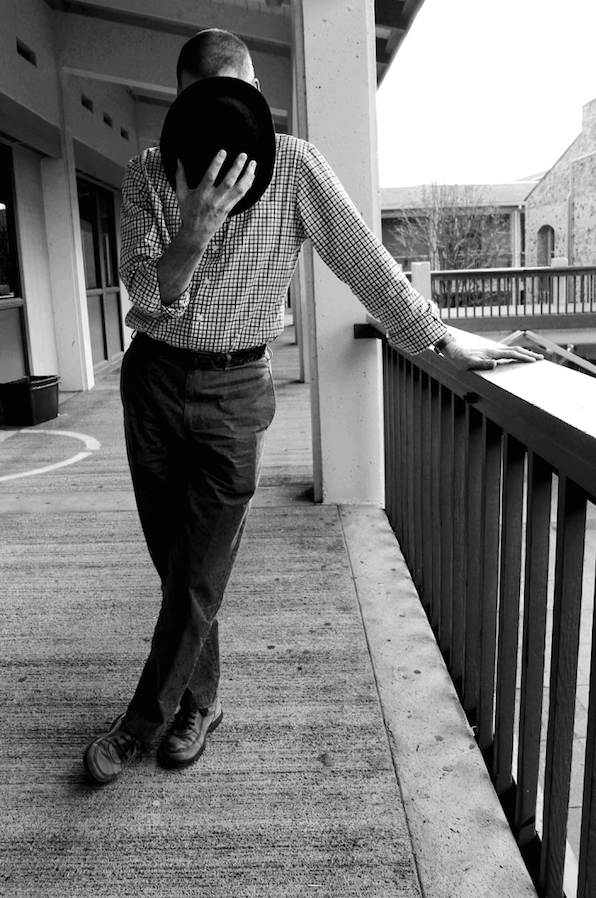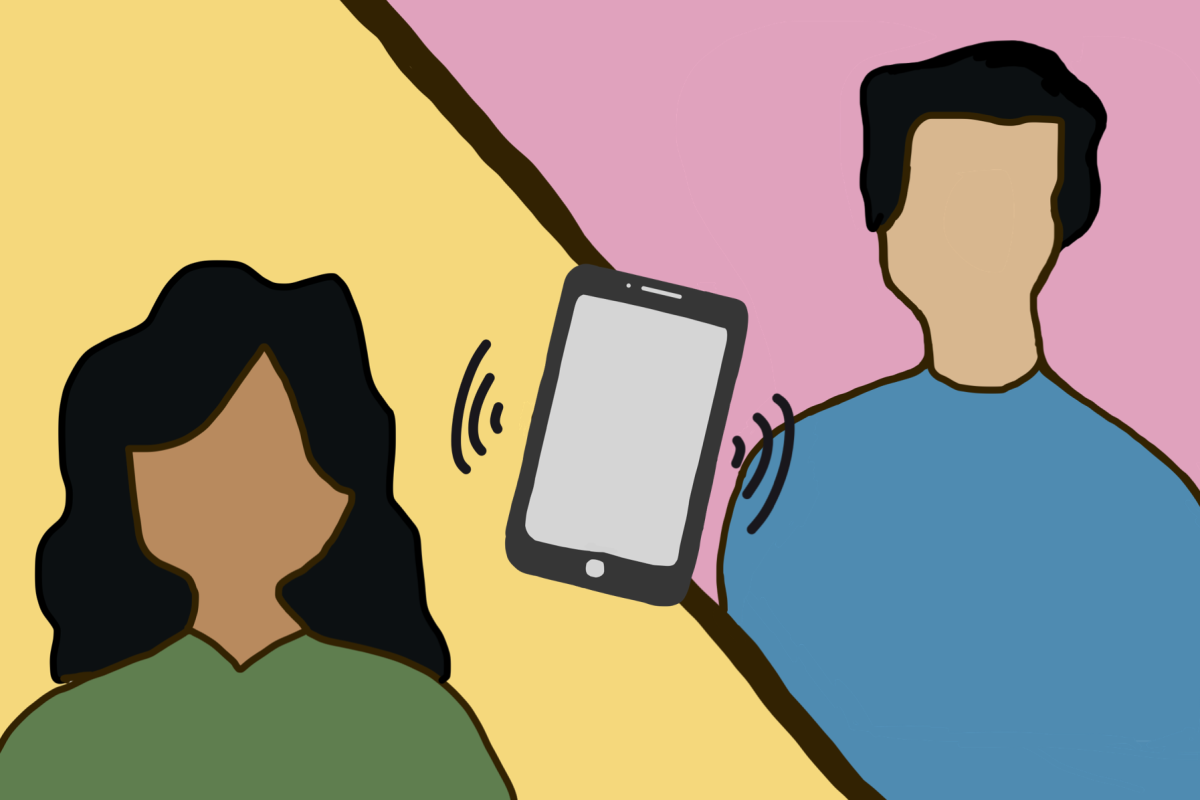So here’s how the Enneagram test works:
You set aside no more than 30 minutes to answer 40 to 60 questions about yourself, trying your best to be honest. And there you have it: a perfect summary of your personality type.
Well, not quite.
The Enneagram test attempts to categorize individuals into nine categories: the Reformer, the Helper, the Achiever, the Individualist, the Investigator, the Loyalist, the Enthusiast, the Challenger and the Peacemaker. Yet, of course, like any test, it is met with criticism:
- Seven billion people cannot all fit in just nine categories.
- Humans have different personalities in different situations.
- The Enneagram test results are too abstract to gain anything from them.
The complexity of human nature calls into question the accuracy of this test. Quantitative data to support the results is difficult to collect, and even then, many claim the test pertains to pseudo-scientific research. But it’s not the accuracy we are praising. It’s the question which the Enneagram poses:
Who am I?
At the beginning of the school year, one of English teacher David Clarke’s first assignments is to take the test. The Enneagram test offers a framework for understanding not only ourselves, but also the literary characters in novels and the people in our lives. He likes to begin the year by emphasizing and often alluding to both human nature and psychology.
“The way I approach literature and the way I approach life, [which seems to be the most engaging thing]for the students [is connecting to]people,” Clarke said. “How do they operate? How do they interact with each other? How do they think? How do
they feel? How do their minds work? And the Enneagram is a way of starting to think about that.”
Clarke asks his students to first determine their own type by reading through descriptions of the nine types before taking the test. The results don’t always match, but there’s a lesson to be learned from that too.
“The personality type I ended up getting wasn’t what I was expecting,” senior Dara Woo said. “I got the type three, the achiever personality … which I think I agree with. Parts of me wonders if I was answering the questions with my idealistic self or who I truly am.”
This is when the real magic of the Enneagram test kicks in — when students are categorized outside of what they expect. Having to reflect on Why did I get this type? What made me fit this category? and Do others agree? is what has made the Enneagram renowned for decades and is, essentially, its’ goal.
The Enneagram Institute
reiterates just that: “Since no one manifests the full range of traits at any one time, it is worthwhile to discuss the types with others to see if your perceptions agree. When [perceptions]do not, it will be even more helpful to debate… the person’s type.”
The test spurs reflection, discussion and understanding — and whether the results are accurate or not, the Enneagram achieves that goal.
In the studious and competitive environment at MVHS, these are the questions we often push to the side, hoping they’ll subside and work themselves out eventually. In fact, 83.2 percent of 161 MVHS students agree that academic growth is more prominent at school than personality development. Yet, these are the fundamental years for self-discovery.
The idea of “growing” as a person is not new to MVHS. Teachers at the beginning of the year often like to give a lecture about the growth mindset versus the fixed. They remind us that our brain is a muscle and that we are capable of growth.
These lectures, however, are often geared toward academic progress. Unlike personality growth, academic growth has a tangible element. Grades and test scores provide a concrete measurement of improvement. While the growth mindset can apply to personality growth, it’s harder to assess. How can I tell whether I have grown as a human?
That’s where the Enneagram test comes into play as a tangible measurement of personality. According to NPR, adolescence marks the most malleable time period in one’s life. During this period, there is a gap between who we are and who we want to be. And the Enneagram test helps fill that gap. This test assesses you at different stages of your life, allowing you to gain a better understand of who you are becoming. The results may not be favorable — they may not even be completely accurate — but they provide opportunity for self-reflection.
“If you blow it off as another school assignment, you’re probably not going to get any true meaning out of it,” senior Joshua Tai said. “[The test] should be accurate as long as you take it seriously.”
Having to grow up with all these factions in discovering yourself is difficult — that’s no shocker. A constant cycle of evaluating, learning and improving can be tiring; some people don’t even know where to start. The Enneagram test is for just that. It’s not for labeling or marginalizing, nor should it be taken as an accurate measure of who you are and will be forever.
It’s simply to evaluate yourself. To learn about yourself. To improve yourself. Or as Clarke would quote, to “know thyself.” And that starts with a simple question:
Who am I?








